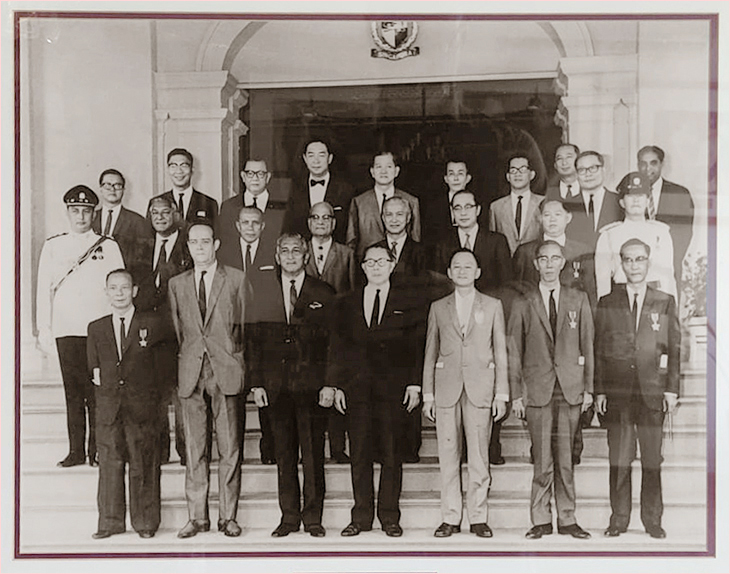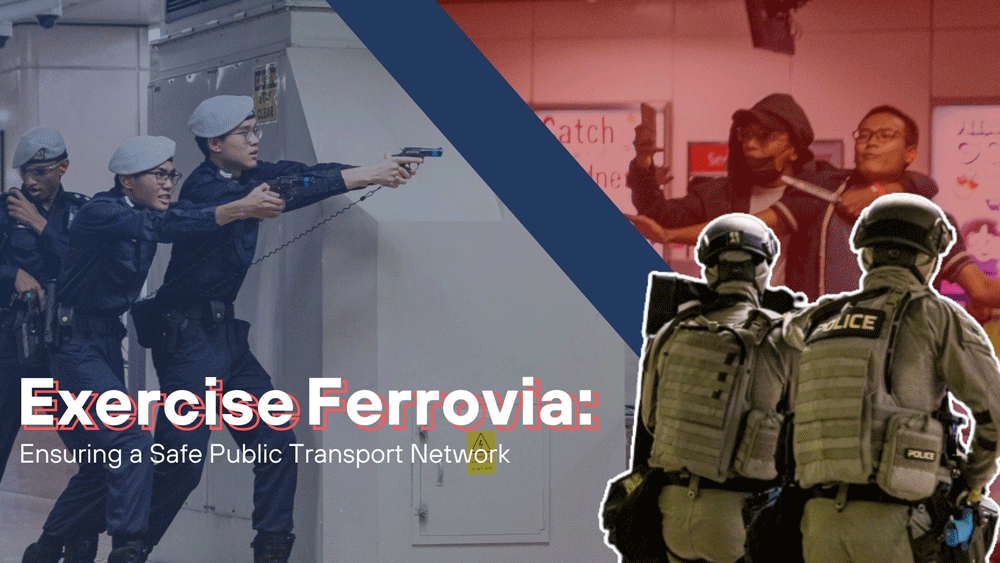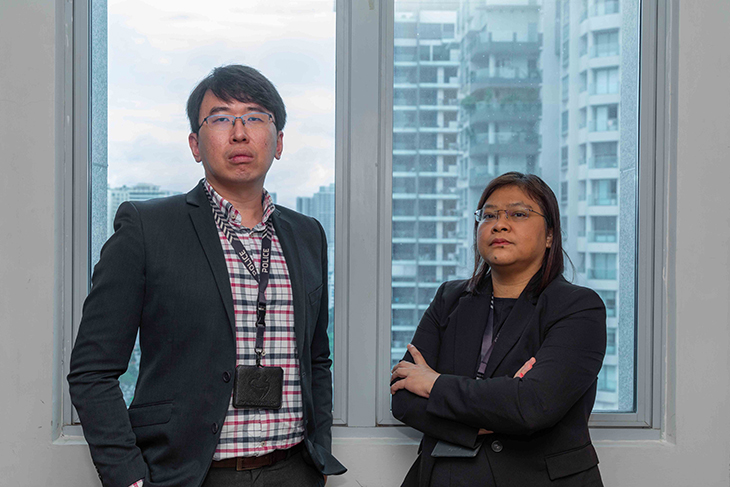Justices of the Peace are distinguished individuals who are appointed by the Singapore President for their outstanding contributions to their profession, the Public Service, social services and the community at large. Appointed in 1966 as a Justice of the Peace, Mr Lim Soo Peng, BBM (L), BBM, PBM, JP, has served as a Home Team volunteer on the Board of Visiting Justices and Board of Inspection for 55 years. This is in addition to his long and eminent career as the Founder, Chairman and Managing Director of Chemical Industries (Far East) Ltd.
 For his many contributions to Singapore, Mr Lim has received the Public Service Star (Bar), the Public Service Star and the Public Service Medal. This year, at the age of 94, Mr Lim received another accolade – the Long Service Award (55 Years) from the Ministry of Home Affairs (MHA). The Long Service Awards are given to eligible serving members of MHA’s 42 Home Team Boards, Councils and Committees. He shares some of the highlights from his decades as a Home Team volunteer.
For his many contributions to Singapore, Mr Lim has received the Public Service Star (Bar), the Public Service Star and the Public Service Medal. This year, at the age of 94, Mr Lim received another accolade – the Long Service Award (55 Years) from the Ministry of Home Affairs (MHA). The Long Service Awards are given to eligible serving members of MHA’s 42 Home Team Boards, Councils and Committees. He shares some of the highlights from his decades as a Home Team volunteer.
What made you decide to volunteer your time?
I stepped up to the plate as a member on the Board of Visiting Justices and Board of Inspection immediately after I was appointed as a Justice of the Peace in 1966. I also served as a member on the Drug Rehabilitation Centre Review Committee for almost 25 years. These were all opportunities for me to contribute to the improvement and welfare of inmates in prison and the Drug Rehabilitation Centre.

Singapore President Yusof Ishak with Mr Lim (third row, fourth from right) at his Justice of the Peace appointment ceremony in 1966. PHOTO: Chemical Industries (Far East) Ltd
What are your duties as a member of the Board of Visiting Justices and Board of Inspection?
Our main duty is to visit prison and have dialogue sessions with inmates, to attain insights into the issues that they face. We’ll then highlight these to the authorities who’ll follow up with reviews and address their concerns. Our focus is on helping the authorities draw out appropriate solutions that enhance the welfare of inmates.
How has your work changed since your early days as a volunteer?
The primary aim of improving the welfare of inmates hasn’t changed, though the scope has evolved over the past five decades. Today, inmates can pursue academic courses and skills training while serving their sentences. Through initiatives such as the
Yellow Ribbon Project, which was launched in 2004, there’s also been a significant change towards a more purposeful rehabilitation of inmates and preparing them for life after prison.
Share a memorable experience you’ve had as a volunteer.
I recall my encounter in 2014 with an inmate at the prison training kitchen who shared how much he’d benefited from the High-Intensity Pre-release Programme. It was a heartening experience and I encouraged him to work hard and stay away from negative influences. This was a positive affirmation that our institutional efforts to reintegrate ex-offenders back into society were on the right track.

Mr Lim receiving national honours from President Ong Teng Cheong, President SR Nathan and President Tony Tan. PHOTOS: Chemical Industries (Far East) Ltd
What do you hope to see in terms of rehabilitation for inmates?
Certainly, the improvement and enhancement of our current efforts and an emphasis on reintegrating ex-offenders back into society. Also, the quest for ways and means to evolve the prison system for the better while keeping pace with social expectations.
How does it feel to be recognised for 55 years of service as a volunteer?
It has been a great honour. I have to thank both MHA and my longevity genes! Personally, perseverance and commitment to the ideals of public service are what have kept me here for the long haul. There’s no reason to stop doing what’s beneficial to society. It’s in my nature to keep working and volunteering, regardless of my age, as I believe in lifelong work.









